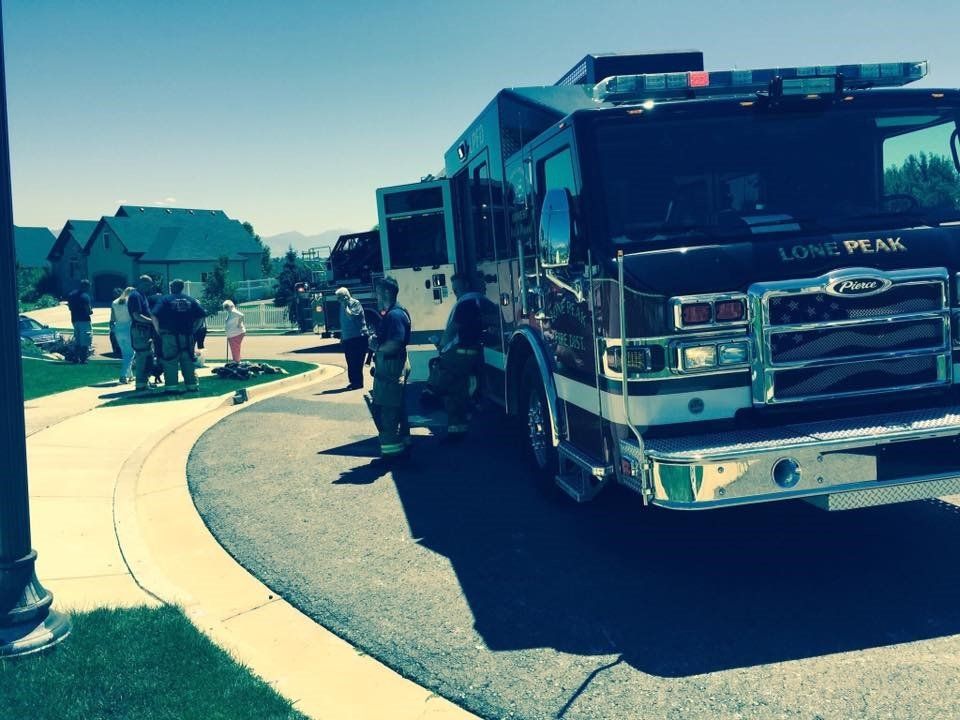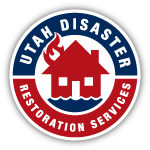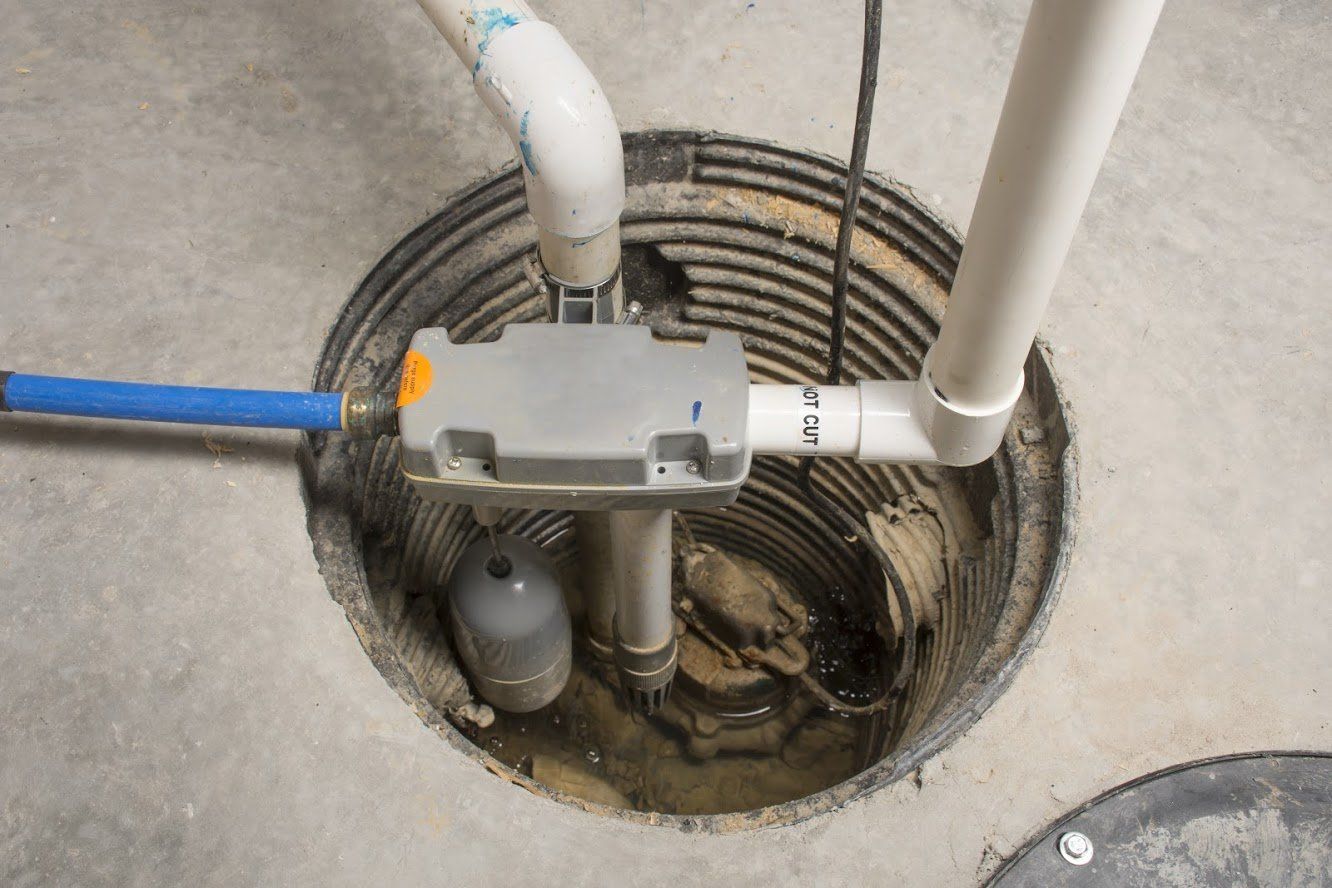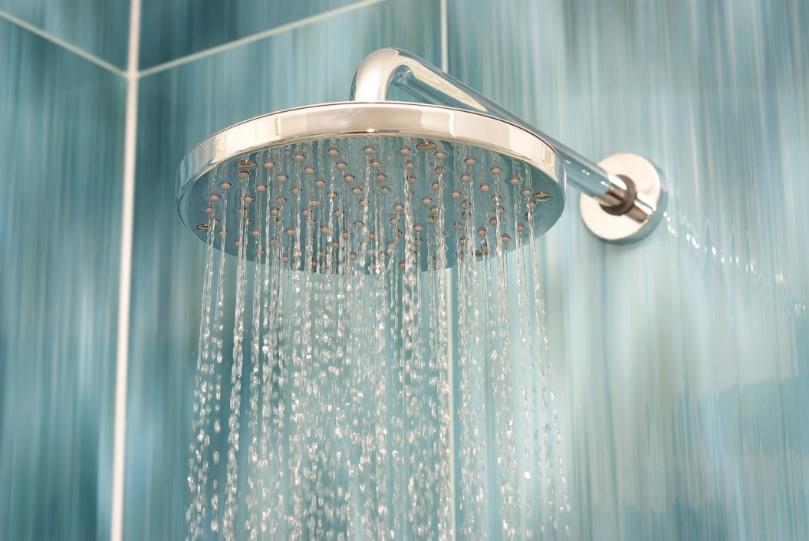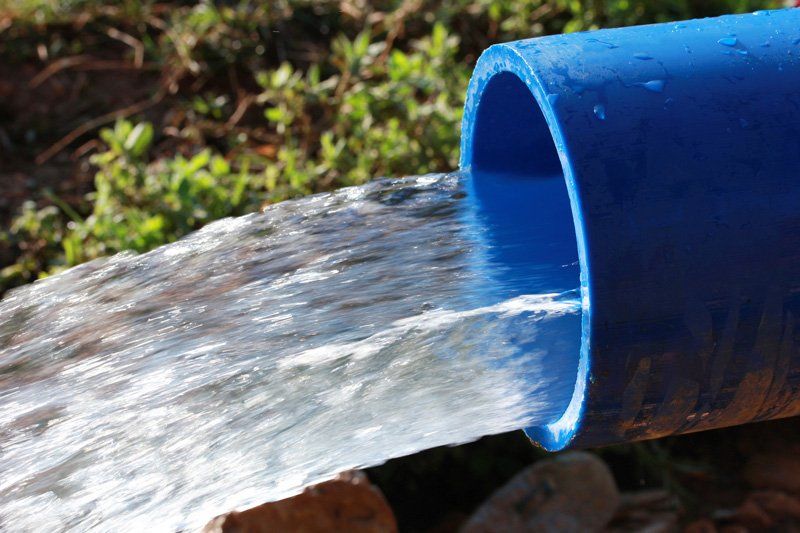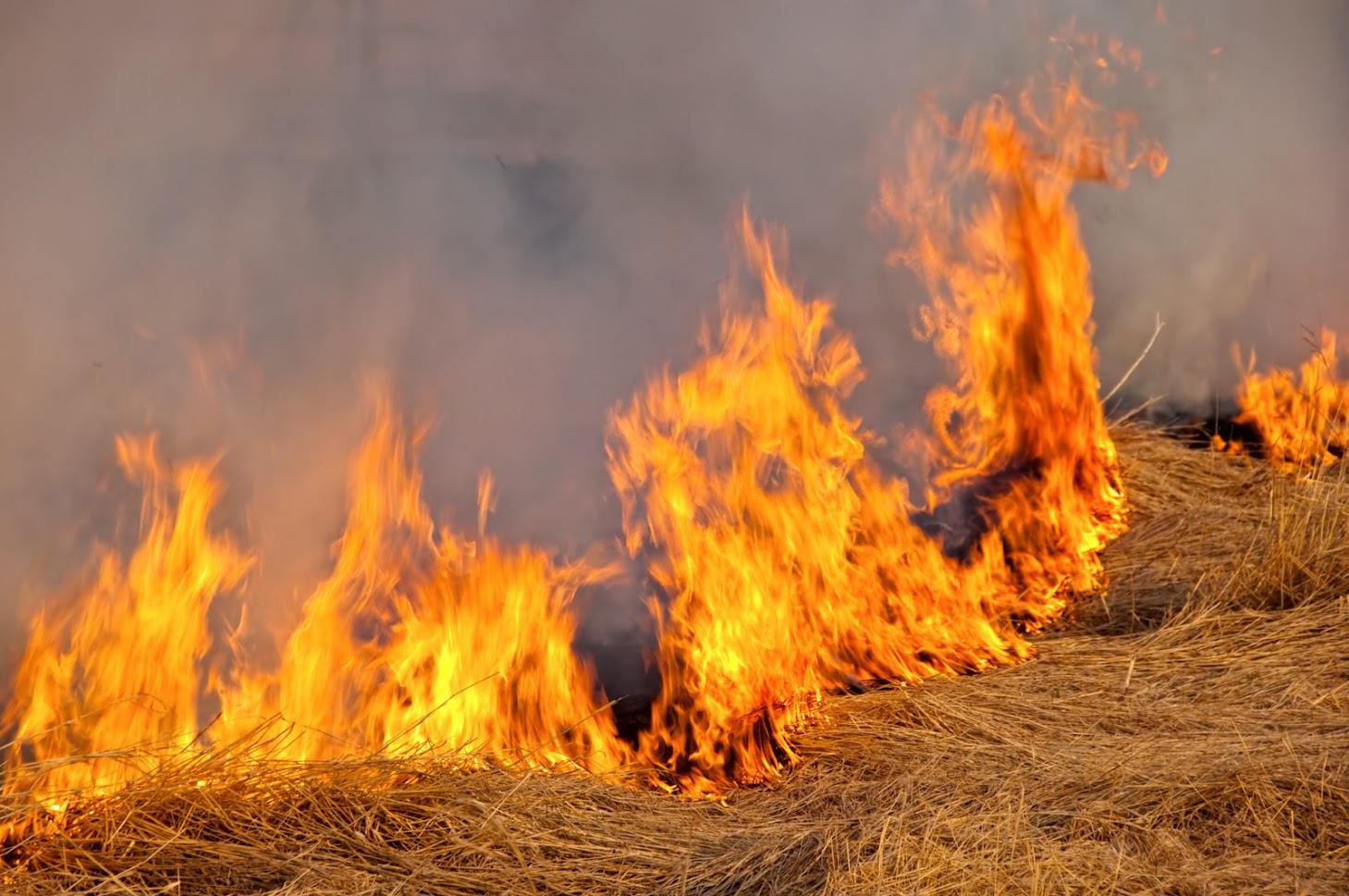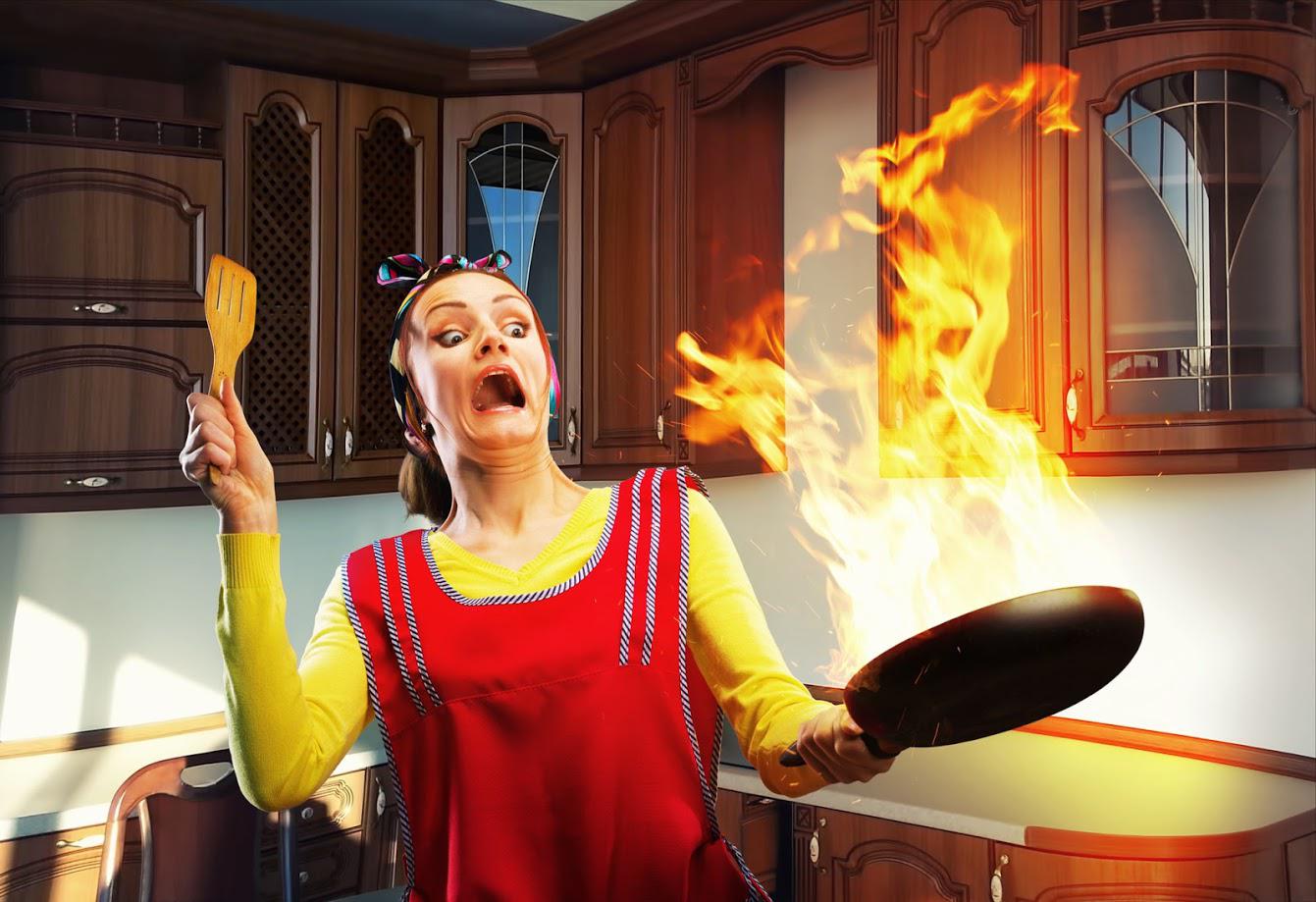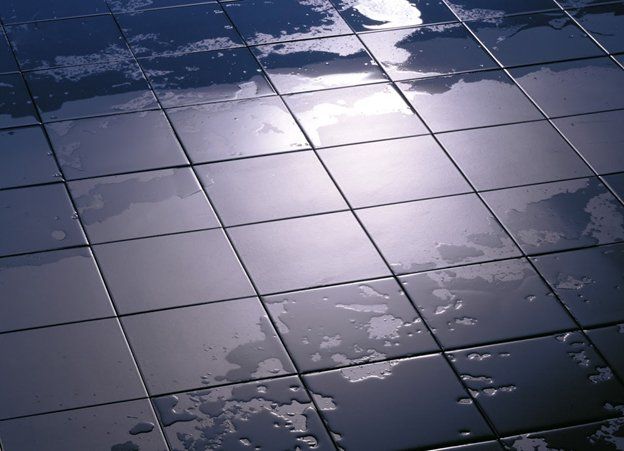3 Potential Complications After a House Fire
- By Admin
- •
- 13 May, 2019
- •
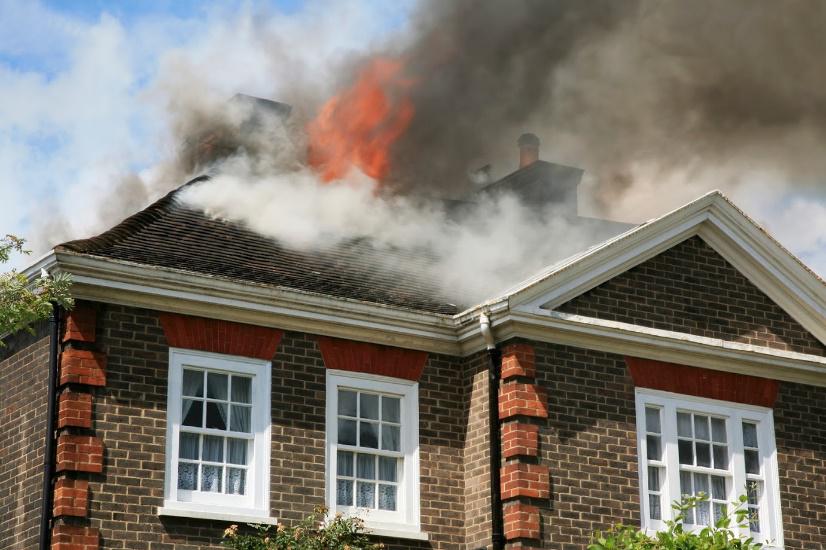
Any house fire is dramatic and can cause major damage to the home. If you are concerned about the aftereffects of a house fire, or your home has already experienced a house fire, you need to learn more about potential complications that could affect the wellbeing of your home and family. To learn more, check out these three potential complications after a house fire.
1. Structural Damage
Even if the fire didn't decimate your home, your house may have underlying structural damage because of the fire and the methods used to put out the fire. In some cases, the damage is easy to spot, such as a collapsed roof or floor. However, some of the damage is hidden behind the walls or under floors, which is why you should have your home inspected after a fire.
Contractors look for certain signs to find structural damage. One clue is foundation problems. If the fire was close enough to the foundation and hot enough, it may have caused chips and cracks to appear. Inside the house, the floors may feel weak when you walk on them, like they may collapse from the weight.
Soot damage can also indicate structural damage but only if it is located near outlets. This type of damage usually indicates an electrical defect caused the fire. Soot streaks and damage may spread outward from the outlet.
2. Indoor Air Pollution
The smoke and soot that fire causes can also create issues: particularly indoor air pollution. This mostly occurs because porous materials like carpet, drywall, furniture, etc., store smoke and soot even after the fire and black billows of smoke are long gone. At the very least, this pollution can make your home smell and look bad. Stains from soot and smoke may cover the walls and other surfaces.
If you continue to breathe in the smoke and soot, however, you can develop breathing problems, such as coughing, bronchitis, and asthma. The residual smoke could also irritate your skin, making it dry, especially if you come in contact with furniture or clothing with smoke/soot. Eye irritation, of course, is another potential side effect, which results in redness, tearing, and itching.
If you continue to expose yourself to the smoke and soot, you may face long-term consequences, including cancer, stroke, and heart attack. This is because the smoke from the house fire isn't like the smoke from a fireplace fire. It contains many hazardous chemicals from plastics, fabrics, wool, foams, etc., which cause the health risks.
3. Water-Related Damage
You wouldn't normally think about water-related damage after a fire, but it is common because so much water is used to put out a house fire. First, you may have electrical issues from the water damaging outlets, wires, and appliances. One of the first places contractors may notice water damage is the insulation. If it is wet after the fire, it can drip water, leading to water damage, rot, and mold.
Water, like fire, can also cause damage to the structure of your home. The water may have caused chips or cracks in the foundation, or it may lead to rotting wooden support beams.
Finally, after a fire, you may have to deal with mold. Any type of mold can cause breathing problems, especially if anyone in your household already has respiratory complications. If black mold begins to grow, however, you and your family can be at serious risk of life-threatening complications.
After a house fire, your first step is to make sure everyone is okay, but once the fire is gone and the smoke has cleared, you may still need to address other problems. If you would like to know more about fire damage, contact us at Utah Disaster Restoration Services today.
